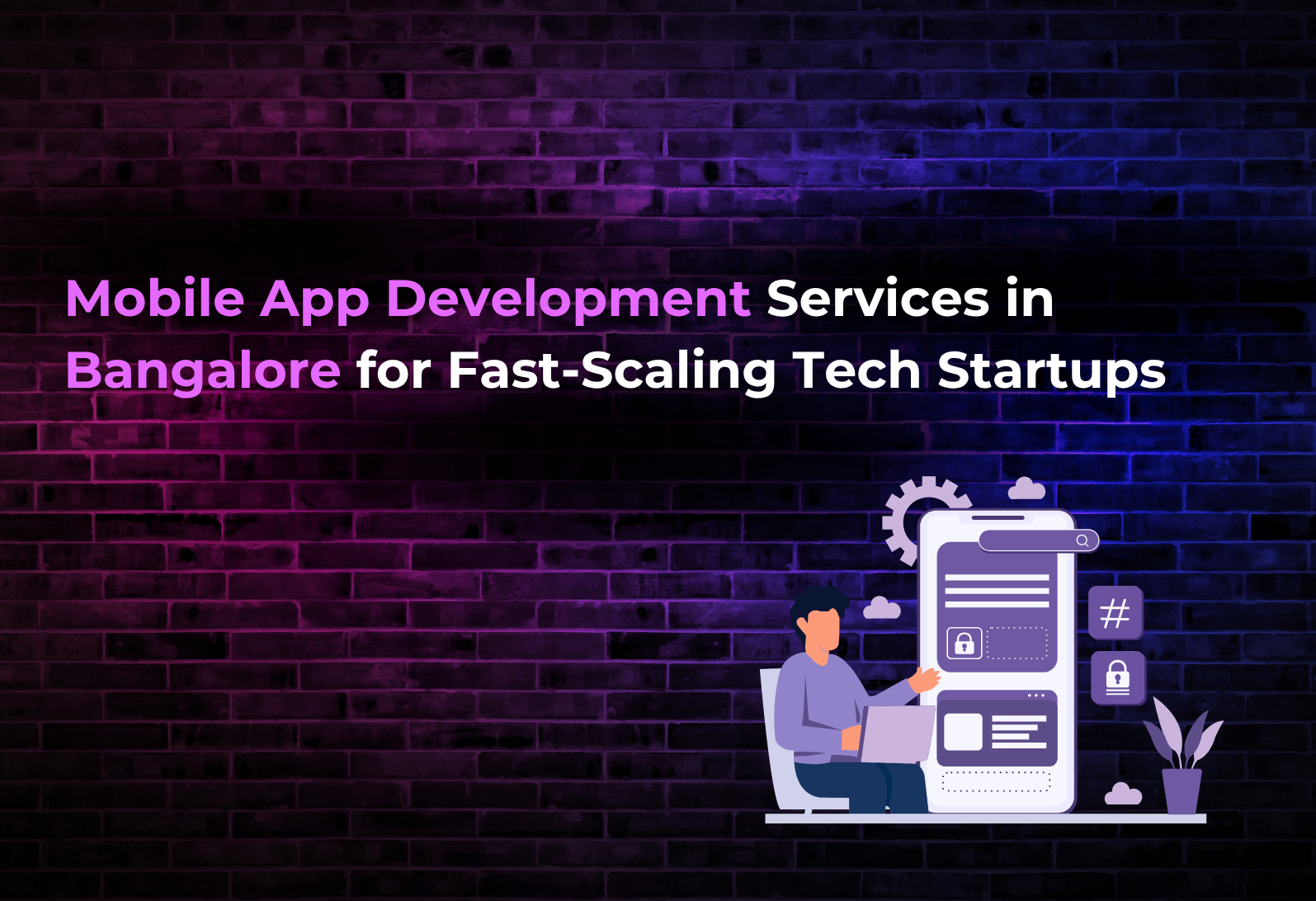Frontend Mastery: Tips, Tools, and Frameworks to Level Up in 30 Days
Why Frontend Mastery is Essential in 2025
Frontend development is at the heart of every web experience. As the digital world becomes more interactive and dynamic, businesses demand highly skilled frontend developers who can deliver seamless user experiences. Mastering the latest frontend tools and technologies isn't just about keeping up with trends; it's about staying ahead of the curve and delivering impactful, user-centric applications.
This 30-day roadmap is your blueprint to mastering frontend development. By the end of this challenge, you'll not only understand the core technologies but will have the skills to build, deploy, and optimize real-world projects with a modern tech stack.
Why 30 Days of Focused Learning Works
Frontend development is fast-paced, and trying to learn everything at once can overwhelm even the best of us. A structured 30-day plan offers several benefits:
- Daily Focus: Concentrating on one key topic each day accelerates learning and retention.
- Measurable Progress: Track your growth daily and see tangible results at the end of the 30 days.
- Habit-Building Consistency: Building a routine with daily coding habits ensures continued improvement and mastery.
Learning in high-impact bursts not only makes it easier to grasp complex concepts but also ensures long-term retention. One month of consistent, focused effort can significantly improve your frontend development skills.
Week 1: Core Foundations (Days 1–7)
HTML5 & Structure
HTML is the building block of the web. During this week, focus on:
-
Understanding and using semantic HTML tags like
<header>,<section>, and<main>. - Improving web accessibility with proper HTML structure.
-
Minimizing
<div>overuse for cleaner code.
CSS & Layouts
Next, dive into styling and layout techniques:
- Master CSS Grid and Flexbox for responsive layouts.
- Learn media queries and breakpoints for mobile-first design.
- Practice creating real-world components like navigation bars and cards.
JavaScript Essentials
Mastering JavaScript basics is essential for every frontend developer:
- Learn how to use variables, functions, arrays, and objects.
- Manipulate the DOM using querySelector and handle user interactions (clicks and form submissions).
- Write clean vanilla JavaScript code without relying on libraries.
Week 2: Tools Every Developer Needs (Days 8–14)
VS Code + Extensions
Your development environment is key to boosting productivity. Make the most of:
- Prettier for automatic code formatting.
- ESLint for maintaining clean, error-free code.
- Live Server for quick previewing of your work.
Git & GitHub
Version control is a must for any developer:
- Learn the basics of Git commands (init, clone, add, commit, push).
- Understand branching and merging strategies for collaborative projects.
- Build a GitHub profile and start sharing your projects with the community.
Browser DevTools
Every developer must master the browser's DevTools:
- Inspect and debug HTML/CSS issues.
- Use the console for debugging JavaScript.
- Audit performance with Lighthouse to optimize your code.
Week 3: Frameworks & APIs (Days 15–21)
React Fundamentals
React is one of the most popular frontend libraries. Learn the basics:
- JSX syntax for writing components.
- State and props management for passing data.
- Functional components and React hooks (useState, useEffect).
Vue & Svelte Overview
Understand other powerful frontend frameworks:
- Vue's two-way data binding for reactive interfaces.
- Svelte's compiler-based rendering for highly efficient applications.
Tailwind CSS
Learn to design efficiently using utility-first CSS:
- Building responsive UIs using Tailwind's utilities.
- Customizing themes for brand consistency.
- Integrating Tailwind with popular frontend frameworks like React.
Week 4: Build & Deploy (Days 22–30)
Project Execution
It's time to apply your skills in real projects. Build:
- A portfolio homepage to showcase your work.
- A weather app that fetches data from an API.
- A responsive blog layout for a content-driven site.
Deployment
Learn how to deploy your projects:
- Use GitHub Pages for static websites.
- Deploy web apps on Netlify or Vercel for greater flexibility.
Final Thoughts on Frontend Mastery
Frontend mastery isn't just about knowing every framework or tool—it's about understanding the core principles of web development and knowing how to apply them. In just 30 days, you can:
- Grasp how modern frontend stacks work.
- Learn tools that are used in real-world projects.
- Build and deploy portfolio-ready applications.
Stay consistent, keep coding, and within a month, you'll be on your way to becoming a frontend expert. Ready to dive deeper? The journey has just begun!
Frequently Asked Questions
Find answers to common questions about frontend development mastery.
While "mastery" is a continuous journey, 30 days of focused learning can give you a solid foundation in HTML, CSS, JavaScript, and modern frameworks like React. You'll understand core concepts and be able to build real-world projects. Continued practice beyond 30 days will deepen your expertise.
You'll need a code editor (VS Code is highly recommended), a modern web browser with DevTools (Chrome or Firefox), and Git for version control. Optional but useful: Node.js and npm for package management. All these tools are free and available on all major platforms.
Yes! Understanding vanilla JavaScript fundamentals (variables, functions, DOM manipulation, async programming) is crucial before diving into frameworks. This foundation will help you understand what frameworks are doing under the hood and make debugging much easier.
Ready to Build Amazing Web Applications?
Let's collaborate to create powerful, modern web solutions that drive your business forward.
Get Started

